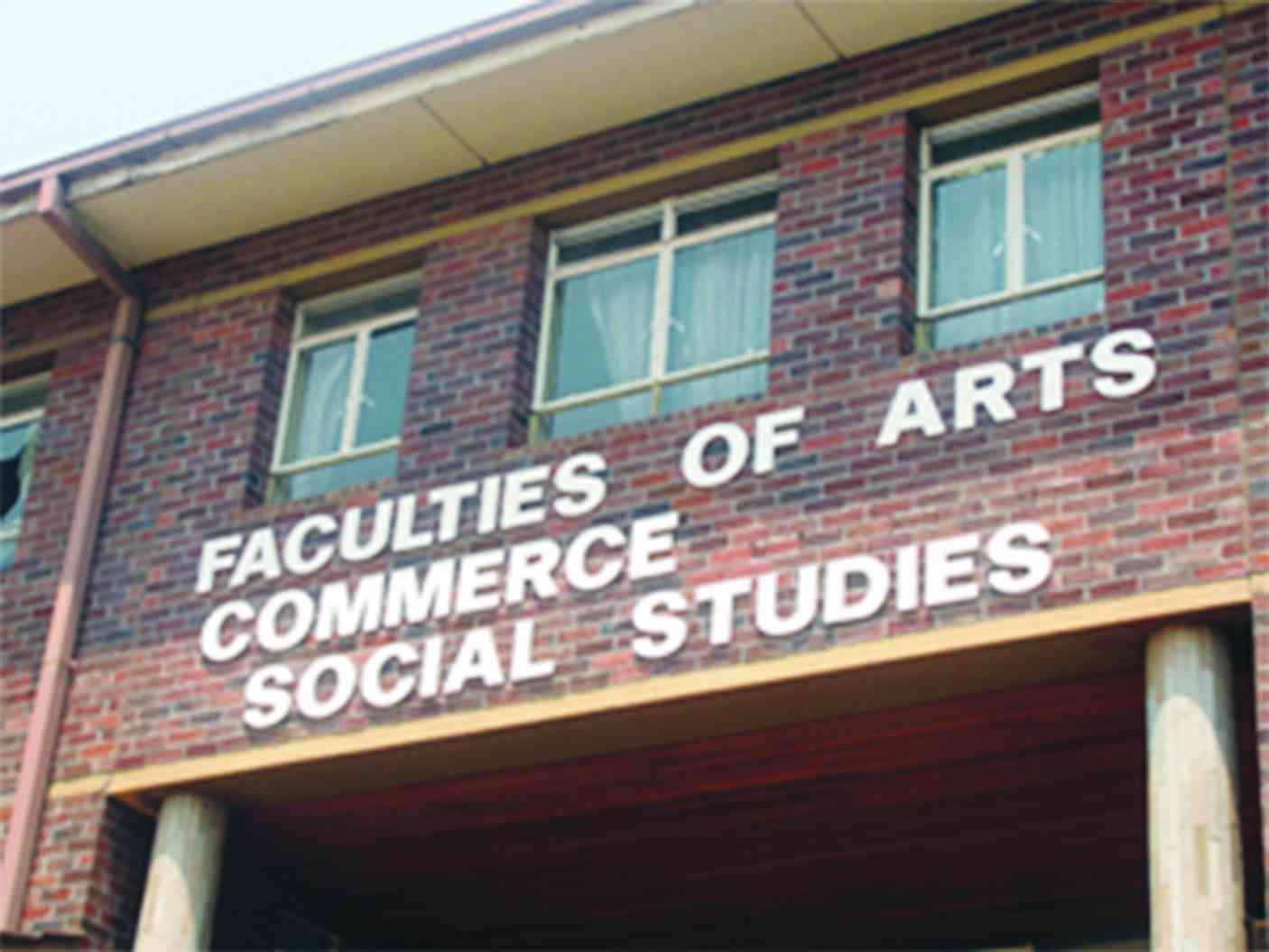
The main purpose of the new Marriages Act is to consolidate the law relating to marriages. The new law shall come into operation on a date to be fixed by the President by notice in the Government Gazette.
It must be highlighted that the age-old distinction between a “5.11 marriage” (former Chapter 37) and a “5.07 marriage” (former registered customary marriage) no longer exists. All marriages will fall under the “5.13” regime.
The main innovations of the law include the criminalisation of child marriages and the introduction of a “civil partnership” which is not a marriage per se but is a relationship that gives rise to several consequences in respect of property distribution should it be dissolved. Marriages in Zimbabwe remain out of community of property although this notion of separation is blurred upon dissolution owing to the courts’ approach of pooling the assets of the parties to ensure a just and equitable distribution of property. This piece will highlight some of the key aspects of the Marriages Act.
Minimum age of marriage
The minimum age of marriage is 18 years. Section 3 of the Marriages Act prohibits any person under the age of 18 years from entering into a marriage, unregistered customary law union or a civil partnership. It is now a criminal offence for any person (other than the child concerned) to permit, allow, coerce, aid or solemnise the marriage of a child. This new section is in line with section 78(1) of the Constitution which provides that every person who has attained the age of 18 years has the right to found a family.
Consent to marriage
Each party to a marriage must give his free and full consent to a marriage before it can be solemnised or registered. Section 4 of the Marriages Act provides that no marriage can be solemnised or entered into unless such consent is given.
Recognised marital regimes
- ED’s influence will take generations to erase
- ‘Govt spineless on wetland land barons’
- Govt under attack over banks lending ban
- Zim Constitution must be amended
Keep Reading
Section 5 of the Marriages Act sets out the marital regimes recognised under our law, namely a civil marriage and a customary law marriage. A civil marriage is monogamous meaning that it is the lawful union of two persons to the exclusion of all others and no person may contract any other marriage during the subsistence of a civil marriage. A customary marriage, on the other hand, may be polygamous or potentially polygamous depending on the customary law of the people concerned. Additionally, a customary marriage may be converted into a civil marriage if the husband has no other existing spouse in polygamy.
Section 44 of the Marriages Act recognises a further species of marriage, namely a qualified civil marriage which is a union between a man and a woman contracted under Islamic rites which can be registered subject to compliance with the provisions of the Act.
Section 5(5) describes all marriages in terms of the Act as being equal. However, the law does not explain how the marriages are considered equal when one requires exclusivity (in principle) and the other does not and how the different proprietary consequences that flow from monogamous and polygamous setups impact on such “equality”.
Roora or customary unions
A lobola ceremony or roora on its own is not recognised by the Marriages Act as a valid marriage. However, section 17 of the Marriages Act requires unregistered customary law unions to be registered within three months of the union with the Registrar of Marriages which would render them potentially polygamous customary marriages upon registration.
That said, there is no sanction for failing to register a roora union.
Upon termination of a roora union, there is nothing that prevents the roora union from being treated as a civil partnership with the same principles being applied to the division of the assets of the parties.
Additionally, the failure to register a customary law union does not affect matters relating to the status, guardianship, custody and rights of succession of the children of such marriage.
Equal rights and obligations
In terms of section 6 of the Marriages Act, parties to any marriage have equal rights and obligations during the subsistence of the marriage and when the marriage is terminated. The question that arises from this provision is whether or not marriages that allow for multiple spouses including certain customary marriages apply with similar effect to women, which would be an innovation in the law.
Incestuous marriages prohibited
As has always been the case under section 75 of the Criminal Code, incestuous marriages are generally not permitted. Section 7 of the Marriages Act provides that any marriage between relatives within the prescribed degrees of relationship set out in the Criminal Code including parent and child, step-parent and step-child, brother and sister, uncle and niece, aunt and nephew, grand-uncle and grand-niece, grand-aunt and grand-nephew, grand-parent and grand-child and first or second cousins is forbidden (unless the parties concerned did not know that they were related to each other as first or second cousins or they belong to a community governed by customs that do not prohibit marriage between first and second cousins).
Moreover, any marriage that was entered into between persons who are related to each other as first and second cousins before July 1 2006 when the Criminal Code came into force remains valid.
Marriage officers
Under the Marriages Act, only a marriage officer may solemnise a marriage. Magistrates, chiefs, heads of embassies and authorised ministers of religion can act as marriage officers for the purposes of formalising a marriage.
Marriage banns
The process of formally conducting a marriage ceremony by a marriage officer which has the effect of concluding the marriage contract is known as solemnisation. Before a marriage can be solemnised, banns of marriage or a notice of intention to marry must be published or a marriage licence must be issued. The purpose of banns is to enable anyone to raise any objection or legal impediment to the marriage prior to the marriage being solemnised so as to prevent marriages that are invalid.
In terms of section 28 of the Marriages Act, any person can raise an objection to a proposed marriage in writing or orally with the person who publishes the marriage banns or the notice to marry. The marriage officer must inquire into the ground of objection.
The marriage officer must satisfy himself or herself that there is no lawful impediment to the marriage proceeding before proceeding to formalise the marriage. If there is a lawful impediment to the marriage, the marriage officer cannot proceed to solemnise that marriage. A marriage ceremony can be held at any time and in any building or place approved by the marriage officer.
The parties to the marriage must be physically present and there must be at least two witnesses of or above the age of 18 years.
Immediately after the marriage is solemnised, the marriage officer must enter the details of the marriage into a marriage register book, give a copy of the marriage certificate to the parties and give the Registrar of Marriages a copy as well.
Civil partnerships
A civil partnership is a relationship between a man and a woman who are both above the age of 18 years and have lived together without being legally married. Civil partners must have a relationship as a couple living together on a genuine domestic basis.
A civil partnership is not a marriage. However, in the event that the civil partnership is terminated, the Matrimonial Causes Act (which governs the distribution of property upon divorce) shall apply with the necessary changes. In terms of section 41 of the Marriages Act, the circumstances that are considered to decide whether a civil partnership exists include the duration of the relationship, the nature and extent of their common residence, whether a sexual relationship exists, the degree of financial dependence or interdependence and any arrangements for financial support between them, the ownership, use and acquisition of their property, the degree of mutual commitment to a shared life, the care and support of children and the reputation and public aspects of their relationship.
However, the exact nature of such a relationship is undefined by the Act as none of these factors is conclusive or a necessary precondition for a civil partnership. Its precise nature remains open to interpretation by the courts.
Crucially, section 41(5) of the Act appears to recognise that a civil partnership may exist when a person is legally married to someone else including a monogamous civil marriage.
However, a court must not interfere with the rights of a spouse when dividing the assets of civil partners when such a partnership dissolves. This is easier said than done, particularly where the assets of spouses are jointly held. Section 41(6) of the Marriages Act goes on to provide that the dissolution of a civil partnership cannot give rise to a charge of bigamy under the Code. The intention of the legislature here appears to have been that bigamy cannot arise because a civil partnership is not a marriage.
Conclusion
The full import of the new provisions introduced by the Marriages Act remains to be seen as the law is yet to be interpreted by the courts.
However, every person would do well to acquaint themselves with the terms and conditions of the marital regime they choose before entering the said marriage so as to be clear on the rights and obligations which flow from it.
Mahere is a constitutional lawyer.










